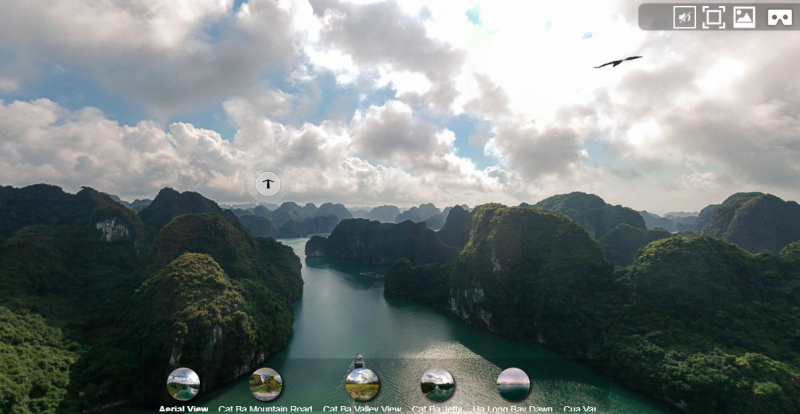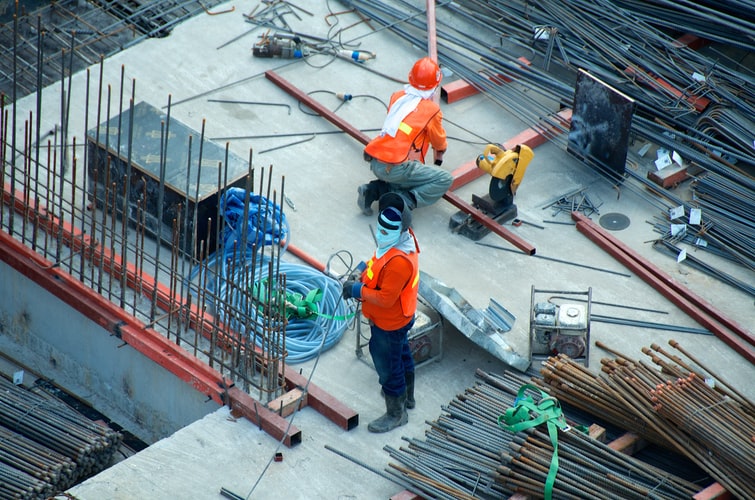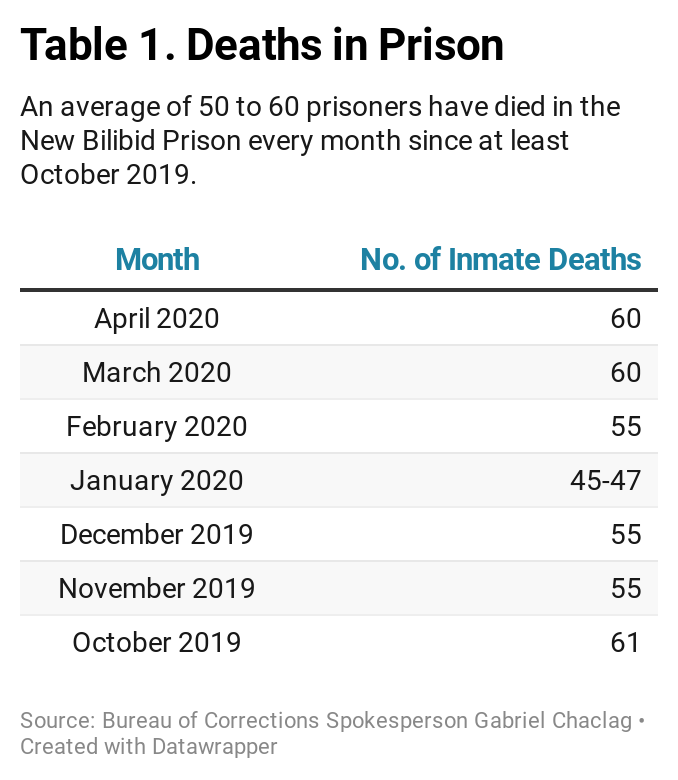by Jose Lorenzo Lim
The COVID-19 lockdown and further containment measures are drastically slowing down economic activity in the Philippines and elsewhere. The government sees the Build, Build, Build (BBB) program as jumpstarting the Philippine economy in the time of the pandemic. But with its current neoliberal framework, will BBB be enough?
Even before COVID-19, multilateral funding institutions like the World Bank and Asian Development Bank (ADB) have been pushing for an infrastructure offensive especially in developing countries. Moreover, as early as the late 1980s the World Bank proposed using the private sector to fund and undertake these projects in lieu of the Keynesian idea of giving the State a bigger role in the economy especially in terms of large public spending.
The Golden Age of Infrastructure
Infrastructure is a tool for reducing poverty and driving economic growth. But the current framework of infrastructure development in the Philippines and other developing countries is profit-driven and hence overly focused on economic infrastructure. Contrarily, development in so-called advanced and high-income countries such as the US, Singapore, South Korea, and Taiwan also included substantial public investment in social infrastructure such as education and health.
The Duterte government’s focus on a narrow set of economic infrastructure is aimed at attracting foreign capital. This is driven by the belief that having better infrastructure attracts more foreign investments, which enables countries to attain economic development. The World Bank claimed that, in Asia, around US$8.6 trillion worth of infrastructure investments are required in 2010-2020 to achieve economic development. It cited a huge infrastructure investment gap in Asia, Sub-Saharan Africa, and Latin America, which are mostly composed of developing countries.
One of the promises of the Duterte government is to usher in a “Golden Age of Infrastructure” through its grandiose BBB program. The project includes high-impact projects under the Department of Transportation (DOTr), Department of Public Works and Highways (DPWH), and the Bases Conversion and Development Authority (BCDA) to build more railways, urban mass transport, airports and seaports, more bridges and roads, and new and better cities.
In selecting the original 75 flagship projects, the government applied the following criteria, among others: 1) consistency with regional and national development plans; 2) implementability (i.e. must be accomplished within the Duterte administration); 3) high economic impact with 10% minimum social discount rate; and 4) “big-ticket” (above Php500 million or US$10 million).
Issues, from 75 to 100
Despite the supposedly meticulous criteria for identifying the most important projects to undertake, many issues surround the infrastructure flagship projects (IFPs). Its neoliberal fixation with pleasing investors and big business puts to question whether or not it will benefit the people and lead to genuine development.
First, the identification of IFPs was problematic from the start. In November of 2019, the government announced that it revised the list of IFPs from 75 to 100. The National Economic and Development Authority (NEDA) Board chaired by the President approves each project before it is even considered as a flagship infrastructure project. However, the BCDA said that the Duterte administration put the wrong projects on the list. Moreover, some projects turned out to be unfeasible, which is strange because this was presumably a basic criterion for selecting the 75 flagship projects in the first place.
The Duterte administration had been boasting of the 75 IFPs since assuming office in June 2016. Former Budget and Management Secretary Benjamin Diokno was even optimistic that the Duterte administration would complete 74 of the 75 projects before its term ends in 2022. Now, the BCDA expects only 38 of the 100 IFPs to be completed by the time Duterte steps down.
The Metro Manila Bus Rapid Transit (BRT) Line 1 and Line 2 and Cebu BRT project, for example, were taken out of the 75 IFPs due to narrow roads and right-of-way issues. The DOTr even wrote a letter to the NEDA Investment Coordination Committee (ICC) to cancel the projects. Yet the projects were eventually re-included after a technical inspection by the World Bank and NEDA on Quezon Avenue (one of the main stations of Metro Manila BRT) and in Cebu.
The Metro Manila and Cebu BRT projects are targeted to be funded by France and the World Bank, but they have faced problems with financing. It also did not augur well that Pres. Duterte suspended all talks on loans and grants from the 18 countries that supported a United Nations Human Rights Council (UNHRC) resolution to probe his controversial drug war, which included France. Ultimately, the fate of the Metro Manila BRT is in limbo since it is no longer among the 100 IFPs. The Cebu BRT meanwhile is still included and is targeted for completion by 2021.
Second, the priorities of the infrastructure projects are questionable. The majority of the projects are for transport when the country badly needs social infrastructure. For instance, there is a need especially for more hospitals and health facilities as bared by the country’s glaring incapacity in the face of the COVID-19 pandemic. The country also badly needs infrastructure for agriculture production, and to support local industries.
The 100 IFPs are now composed of projects for transport and mobility (73), water resources (10), urban development (9), information and communication technology or ICT (6), and power and energy (2). The overwhelming majority are for transport and mobility. In the absence of a basic strategy for developing agriculture and domestic industry, these will mainly end up supporting the overly import-oriented and export-oriented enterprises constituting our economic backwardness.
Third, BBB will be hugely funded by loans from other countries and financial institutions and will further bloat Philippine debt. The 100 IFPs are worth around Php4.3 trillion and official development assistance (ODA) is the biggest funding source of projects. There will be Php2.4 trillion funded with ODA, followed by Php1.2 trillion through public-private-partnership (PPP) funding, and Php172 billion funded solely from the General Appropriations Act (GAA).
Leading the ODA funders is Japan with a total of around Php1.3 trillion, China with Php700 billion, and ADB with Php273 billion. Data from NEDA as of June 2019 show that the Philippines has US$8.1 billion worth of ODA loans from Japan, US$2.8 billion from ADB, and US$273 million from China.
Fourth, contrary to the goal of infrastructure pushing development, most of the 100 IFPs are still centered in Luzon, where poverty incidence is relatively lower compared to other parts of the country.
Of 26 projects worth Php1.6 trillion in Luzon, the biggest concentration of 22 projects worth Php916.5 billion will be built in the National Capital Region. Meanwhile, there are 17 projects worth Php474.6 billion in Visayas, and 25 projects worth Php474.4 billion in Mindanao. Additionally, there are projects worth Php913.5 billion that will be implemented nationwide, the bulk of which is taken up by the New Manila International Airport located in Bulacan.
Fifth, vested interests appear to be benefiting from the BBB infrastructure offensive. Bong Go’s family has been accused of being the largest contractor in BBB projects. Go’s father, Desiderio Go, owns the Davao-based construction company CLTG builders. Through CLTG builders, the Go family secured 20 contracts in 2017 for road networks in Davao. These were worth around Php3 billion in solo projects and joint ventures. In 2018, CLTG Builders also bagged Php116 million worth of projects in Davao.
Aside from Go’s family, other businessmen may also be gaining from the BBB program. For instance, DPWH secretary Mark Villar’s father, Manuel Villar, through Prime Asset Ventures Inc. (PAVI) is eyeing two unsolicited proposals worth Php213.3 billion. These include the LRT 6 Cavite Line A project worth Php56.3 billion and the Cavite LRT Line 6c and Sucat Line 6b projects worth Php157 billion.
The COVID-19 pandemic does call for a “new normal”. This should include a change in the way the government spurs economic growth where the current infrastructure push is becoming irrelevant.
Jumpstarting the economy
The BBB program is seen by the government as essential in jumpstarting the economy. While economic managers have already insisted that they will hardly touch funding for infrastructure projects to augment the budget for COVID-19 response, they took a step back and realigned some of the infrastructure budget.
The DOTr in April realigned funding for infrastructure projects worth Php16.9 billion that is from 35 projects. The MRT-3 rehabilitation and the PNR Clark Phase 1 are some of the projects that had their budget realigned for the government’s COVID-19 response, which are transportation related.
Data from NEDA show that there are 34 projects from the 100 IFPs that are already being implemented. Of the 34 projects, 26 are transport and mobility related, 2 are ICT projects, 3 are urban development, and 3 are water resources.
Meanwhile, there are 43 pending projects in the 100 IFPs to be implemented within 6-8 months. Majority is still composed of transport and mobility projects with over 30 projects, 4 water resource projects, 4 ICT projects, and 5 urban development and redevelopment projects.
These roads and airports under the 100 IFPs would have been useful to aid economic activity in the long run, particularly tourism and trade. But will these be useful in the “new normal”? For instance, the Department of Tourism has already acknowledged that the number of foreign visitors will drastically fall until at least next year. The United Nations World Tourism Organization estimates that foreign travel will fall by 20-30% and tourism receipts by one-third in 2020. Meaning, the tourism industry in the time of COVID-19 is practically suspended indefinitely.
The 2020 Budget of Expenditures and Sources of Financing shows that the government has allotted Php989.2 billion for infrastructure outlays. Of this, the highest share or Php349.9 billion is allotted for road networks. Government should review the budget for road network projects which could be additionally used for the country’s COVID-19 response. Another source could be the outlay for airport systems worth Php2.4 billion.
The composition of BBB projects being mostly road networks and airports is attributed to its business and trade inclined framework. Basically, the aim of the government’s infrastructure program is to push for high-impact projects to stimulate the economy and arrest its further slowdown and possible decline. But while the Philippines does need these types of infrastructure, the factor of the COVID-19 pandemic highlights a long-overdue change in this framework.
The future of infrastructure
Looking at IBON’s economic blueprint dubbed People Economics, developing the countryside, building Filipino industries and protecting the environment could be used as the new framework for the government’s infrastructure development.
One way to reframe the government’s infrastructure program in the time of COVID-19 is to focus on social infrastructure such as government hospitals and health centers in the provinces, sanitation facilities on barangay level, and housing projects for the poor. This should be coupled with a plan for countryside development and building rural and national industries. This puts substance in a ‘Balik-Probinsya’ program if it genuinely aims inclusive development.
With a plan of building Filipino industries and making them competitive, the Philippines won’t have to be dependent on importing a wide range of commodities. The countryside could also benefit from a much-needed infrastructure push with irrigation, post-harvest facilities, farm-to-market roads, and ICT projects such as marketing, prices and production support. This does not end with a basic social services and infrastructure push but ensuring that people have decent jobs and living wages to support domestic consumption and demand. Decongesting Metro Manila then won’t be a problem.
The Philippines has to improve the current state of infrastructure especially in the context of COVID-19: one that supports a strong public health system and the stable production of the nation’s needs in order to withstand and battle a pandemic. The problem with the BBB program is how this massive infrastructure program is not only disconnected from correcting but even reinforces the fundamental problem. BBB ignores the need for reliable, strong and public-controlled social services and public utilities infrastructure, for agricultural development and national industrialization, and healthy environment.
What infrastructure to build should figure in a larger strategic plan that supports sustainable consumption and production and social well-being. The current infrastructure framework needs to be transformed. #
= = = = = =
The author is a researcher at IBON Foundation. His research topics include Build, Build, Build, the oil industry, and social services. Prior to IBON, he served as Editor-in-Chief of the UPLB Perspective for the academic year 2016-2017. When not in the office, Jose Lorenzo enjoys writing with his fountain pens and trying out new ink.
Kodao publishes IBON articles as part of a content-sharing agreement.







